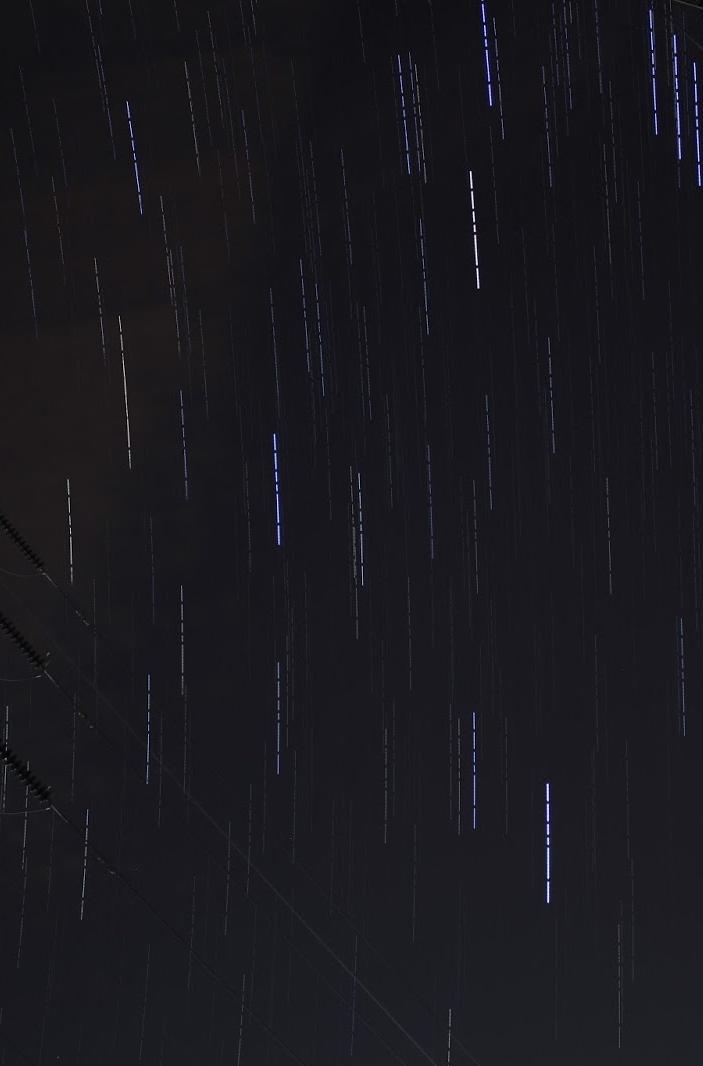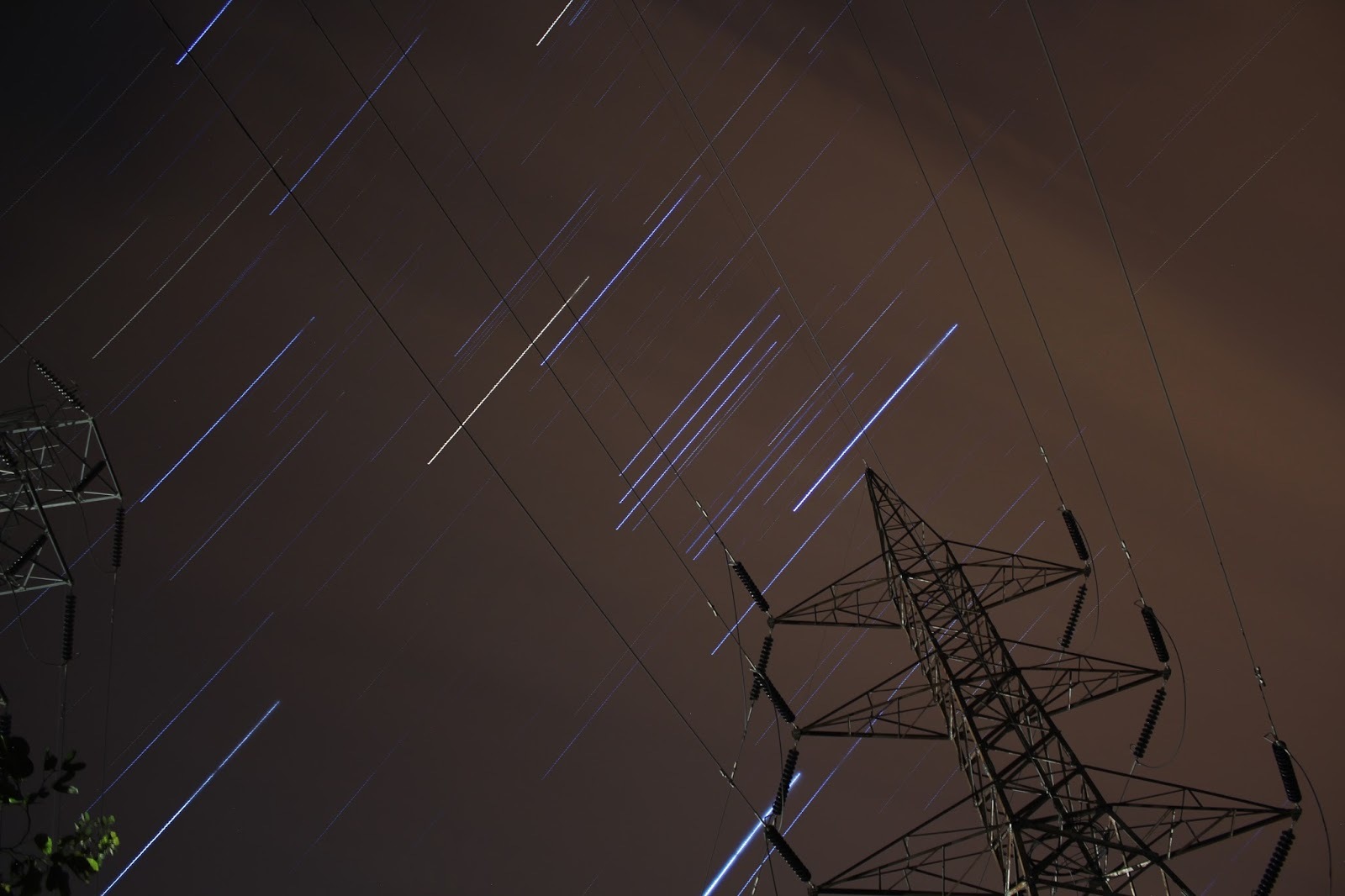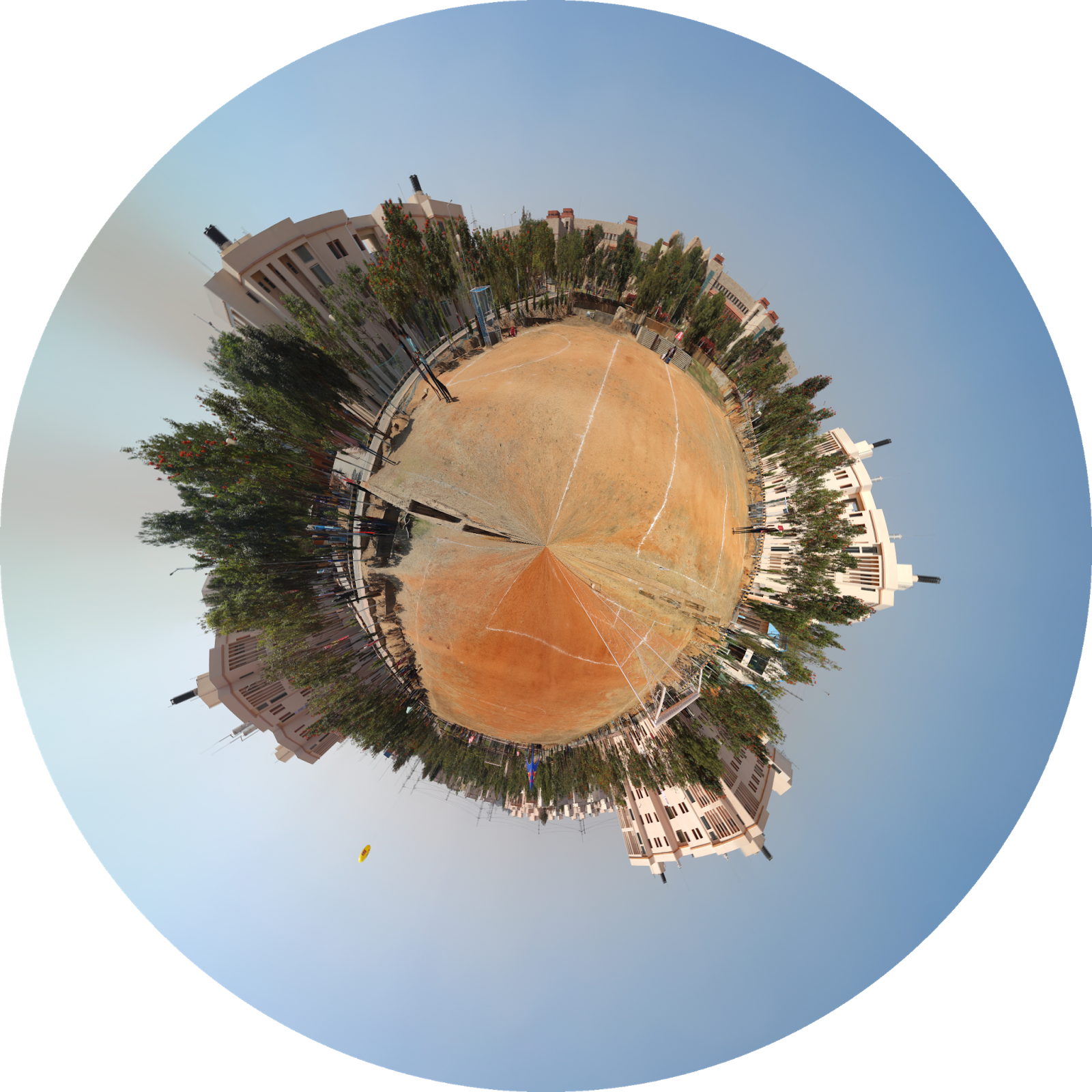13 Apr 2016
I spend a lot of time thinking since I've joined college.
I had postponed a lot of introspection during the two years I spent slogging away for the JEE. But now, with ample free time and practically no requirement to go to classes, I've finally got some time to look back and see how things have turned out. College started off on the back foot, and while 1-1 had its charms, I wasn't exactly happy about how things had turned out at the time due to a bad time with the entrance exams for all the wrongreasons.
But I digress, as time has passed, I have learned to live with my failure a little better every day, though it still sticks out like a sore thumb on an otherwise decent academic profile. Despite this, it has been an interesting exercise is to compare what I expected from college a year ago and reality.
To be fair, BITS Pilani (this applies to all campuses, but in this case, Hyderabad Campus) has some of best internal systems among all Indian colleges. Optional attendance, good grading system, decent infrastructure, and a lot of freedom is more than what can be asked for in a lot of other colleges. Despite some glaring flaws such as the lack of a solid technical culture, this college has punched above its weight for a new institution.
But as an engineering utopia? I feel like we are way short of the mark AaronSwartz mentioned in his blog:
"Perhaps it’s natural, when doing something so greedy and practical as a startup, to pine for the idealized world of academia. Its image as a place in an idyllic location filled with smart people has always been attractive; even more so with the sense that by being there one can get smarter simply through osmosis. People describe a place of continual geekiness, of throwing chemicals into the river and building robots in free time. A magical place for hackers to just enjoy themselves."
This aside, I am of the opinion that the version of me a year ago would have been sorely disappointed by the version of me today. I feel that I was much more hardworking and efficient back at that time. The two years in JEE preparation were undoubtedly the worst years of my school life but now looking back, those dark days brought out the best in me in the briefest of moments. Had I not prepared for JEE at all, I would have had no idea just how driven and hard-working I could be for a goal that would always be just a touch out of view.
Despite my frustrations with life during JEE preparation, the epiphanies I used to have on weekly basis with studying physics kept me going. It was a positive feedback loop with no goading required. On the other hand I can't remember the last time I actually enjoyed learning something in class in this college. I hope it isn't a sign of things to come when I start "engineering" coursework in my second year but as of now, I have pretty much lost all motivation to study. The unbridled enthusiasm I used to have when studying for the entrance exams and the giddy thoughts of making batshit crazy projects in college has dwindled. In my first semester, it was a convenient excuse to blame this on burnout after pushing my limits for two years but I've come to realize that the reason is probably shallower than that. It's not just with academics though - wasting time still feels painful but I have nothing I want to do to fill in the gaps. Is there a cause for this? Probably. Have I figured it out? Absolutely not.
It feels like an artificial conflict of time between these misguided academic pursuits and to actually work on something worthwhile. I could put up with it in school with the thought that there would be enough free time to pursue this in college - and while there is - it begs the question why such artificial restraints on time in the form of exams are always looming in the first place.
At this point of time, I don't know what to do. With compre in half a month but a GSoC project and a couple other projects I've planned in the pipeline, it's a pretty easy decision to make the choice of which one of these two things I would want to work on. For a CGPA for which I cannot care for anymore, it might be one of the worst decisions I can make.
15 Feb 2016
Hey everyone!
I am a first year computer science undergraduate from BITS Pilani, Hyderabad Campus. I am looking forward to working for KDE for the GSoC.

My project idea is based on solving a problem all file managers have had for years - the lack of an easy to use file selection tool. My project aims to simplify selecting files from multiple directory trees.
I am running a survey to gauge community feedback on my idea and to finalize the user interface and features list.
The link to my idea proposal can be found here: https://goo.gl/1Nj4SY
And the link to my survey can be found here: https://goo.gl/forms/5JSZXNganX
TIA for the feedback : )
31 Jan 2016
Ever since I got my new Canon 700D, I've been looking more into photography as an art than ever before. Thanks to internet photography guides, less light pollution in uni campus than urban Bangalore, and some more proficiency with editing software, I've been able to produce more interesting photos than before. Another thing which I've changed is my stance on editing. Until recently, I was of the opinion that my photos should be as virgin as possible, with editing restricted to nothing more than cropping or watermarking. Now, I subscribe to the more accepting (but still conservative) school of thought: that editing should be used to bring out the best of an image while keeping its basic elements intact.
However, contradictory to the above, one photography art form I've really enjoyed doing is photography using composite pictures. In composite photography, the photographer takes several frames of a scene and then combines all the frames together using special software. I guess my favorite part about it is the surprise element of the final image - I have no idea what the output is going to be till I've post-processed the images on my laptop computer. It's been very early days for me when it comes to composite photography, but here are a few photos I've felt are worth sharing:


Star trails! I've always wanted to try my hand at astrophotography, but never could due to Bangalore light pollution and due to not having a camera with good noise reduction.
These two images take advantage of the comparatively lower light pollution in the campus. These photos are a stacked result of multiple exposures - the first one combines fifty frames and the second one combines nearly a hundred. Each frame uses identical settings for the best stacking results.
We shot these from midnight till 2am using laptops for camera tethering and intervalometer settings. I can't stress on how important having a tripod is for this - the slightest shift between frames would've given us terrible discontinuity in the final image. The final images were composited using StarStaX.

360 degree panorama image of BITS Pilani, Hyderabad Campus! Taken from the middle of the football field, it is a panorama of 33 images stitched using hugin for Linux. I set up the camera in a portrait orientation with the tripod and tried to make a composite by overlapping 30-40% of each image. Post processing felt like it took forever due to the gigantic images and the final image was a whopping 70.2MP (30000x2404) and is 130 MB large. Although a couple of frames were shot using the wrong exposure settings, hugin managed to do a really good job in keeping the differences minimal though there still are a couple of splotches due to my ineptitude. The uncompressed, full size version is here: https://goo.gl/iY5v14

This little planet picture uses the same panorama as the previous image. It's a much simpler to post process this with a panorama than it appears. It was created by resizing the image to a square following a polar coordinate filter transformation in GIMP to roll the image and to line up the ends. If I had to do this image again, I would redo it at night with long exposures to give it a more spacey flavor.
As closing remarks, I'm overall pretty satisfied with how easy it is to make simple composite pictures using software. I will probably get back into making more of this again, but probably after I work on another project ;)
23 Apr 2013
Hey guys! I haven't been able to get too many scenic shots of late, so I've invested some of my photography time in taking photos at night. Here are some of the shots that I've recently taken with my camera.

I really like employing this technique. You need to get someone to hold a torch while the camera is mounted on a tripod. The shutter was open for 15 seconds, ample time to draw the chosen letters. It works great for pseudo stop motion too!

Wow, I honestly admit that I didn't expect a shot like this! It was a simple matter to shoot it by mounting the camera and leaving the shutter open for a few seconds. The depth of field is stellar and I think the purple backdrop gives a nice setting to the scene. My only gripe with this photo is that there are too many buildings in between and that it would've looked much better if I had shot it from around 50m above ground level.
The other pictures you see are of the moon (if you haven't realized already :) ) These photos were taken over different days in the span of a few months and hence, the lighting changes considerably. My camera isn't a champion performer under low light conditions and the digital noise at high ISOs is evident. But I'll leave that to you to judge. I tried my best in obtaining relatively clear images (which is a pretty difficult feat when the camera's digital focal length is 2240 mm!)




I hope you enjoyed this edition. Please feel free to drop comments!
25 Oct 2012
Hi guys! Recently bought myself some free time to publish a brand new blog post, centred on my photography work!
I guess I also owe all of my avid readers an apology: it's been a really long time since my last photography post, so I hope I can make it up to you in this one!
My previous photography posts:
Volume 3
Volume 2
Volume 1
As usual, just click to enlarge!
Starting off:

I'm really in need of an entomologist here. I found this insect whilst walking down the road when a speck of orange caught my eye. Turns out that that speck of orange is one of the finest six-legged creatures I've ever seen. From a photography stand-point, I used a wide aperture, and a large zoom to capture this.

This is probably one of the most comical insect/bug pictures that I've ever taken. The DoF worked excellently over here; it only puts the subject in focus. The first thing that came to my mind after I shot this was "suicide". Definitely one of my favourite shots.

Yay, another bug! I'm really scared of wasps, but that's the good thing about a superzoom camera: you can stand far away and still get a crisp shot. Pretty much the same ingredients were used to make this shot as the previous two.

I should really call this post "Bugs and Insects Special Album!" or something. Poor jokes aside, I love the way the insect was climbing on the stigma/anthers (not too sure) of the flower. The background is sublimely blurred, but there's still enough detail to keep the background interesting. Top shot.

This is one picture I really like, but sometimes I feel remorseful seeing it. Although the reptile is in excellent focus, the handle of the water tap to the right distracts attention from it. Just goes to show that you can't always expect perfect conditions for photography.

No photography album is complete without a good flower. This is easily one of the prettiest flowers I've ever shot. Although I'm not too happy with the background, the foreground more than makes up for it.

You're probably sick of seeing close-ups now, so I thought I'd throw in this picture that I took at sunset. Everything worked in this photo, the orange clouds, the lovely Tyndall effect coming from the sun, and the coconut trees below.

Another close-up! If I had to pass any comment about this, I would point out the robin's leisurely stride. It seems so relaxed, almost as if in a dream- like trance. Never mind my comments, post your own!

I really like this one. It's a very personified shot, the way the bird on the left is trying to say something, and the one on the right is taciturn and unwilling to respond. Their seating on the rocks is perfect and I also like the way they chose to pose right in front of the water-body.


I'm sorry if I've made you wince by showing you another insect picture (it has been enough of those!). Nevertheless, I'm really proud about taking these shots. They're both images of the same dragonfly from different angles. The first one has a nice background and excellent detail, while the second one exhibits a minimalistic appearance, with little to distract from the dragonfly itself.
That's all for now! Please criticize, praise, and comment!





















